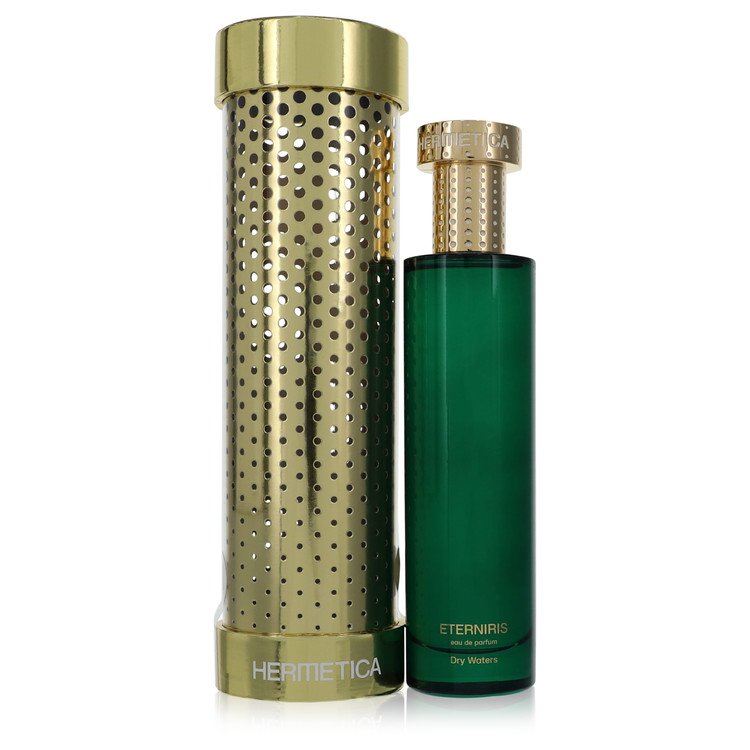Fragrance families are a classification used by the perfume industry to divide perfumes into olfactory groups. Just like real families, fragrance families share common characteristics but have distinct members.
Fragrance families go on to have subfamilies and these subfamilies are the fragrances closest to one another on the perfume wheel and most likely to blend well together when used in one perfume. Although there are unlimited fragrances in the world, classification into families helps fragrance lovers understand the categories of scents they would like to subscribe to. It also helps in identifying perfumes that go well together and those that don’t.
Perfume brands most likely won’t specify details of perfume families and subfamilies on each product. But once you know the classifications, you should be able to map out what category a perfume falls into once you perceive it or read its manufacturer’s description.
This will help you know what notes to combine and which combinations to avoid. It might also help you understand your preferences for certain perfumes- they might have something in common such as belonging to one family or subfamily. It’s also possible your distaste for certain perfumes is just a dislike for an entire family of scents.
The fragrance wheel created by Michael Edwards has come to be one of the most popular standards for fragrance classification. Edward’s wheel categorized perfumes into four broad families. They are; floral, fresh, oriental and woody.
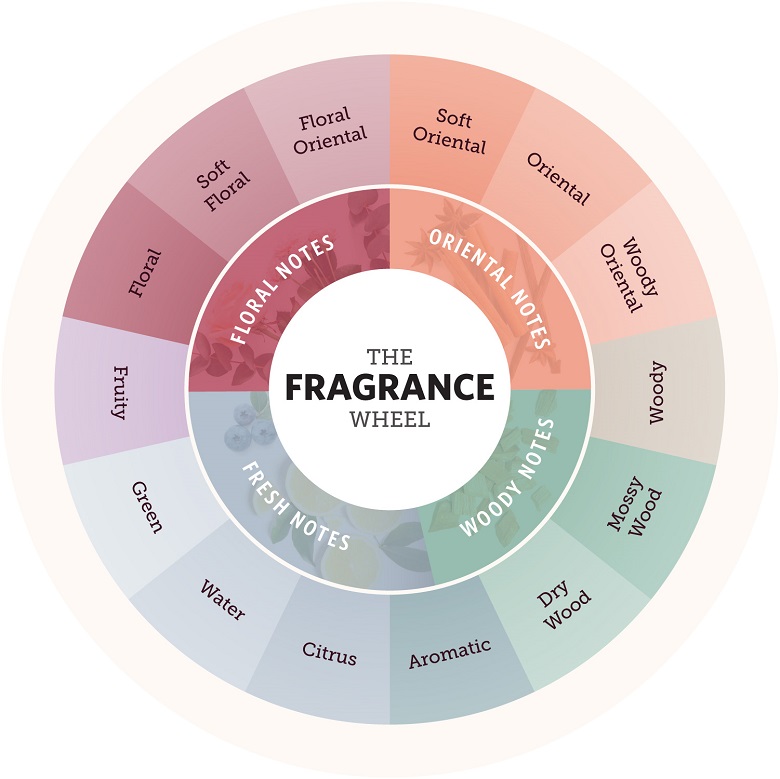
1. Fresh fragrances
Usually inspired by nature, fresh fragrances are zesty, clean and refreshing smells. These fragrances usually give off a leafy or herbal or crisp scent. They are more suited for warm weather.
Fresh fragrances are divided into aquatic, citrus and green notes.
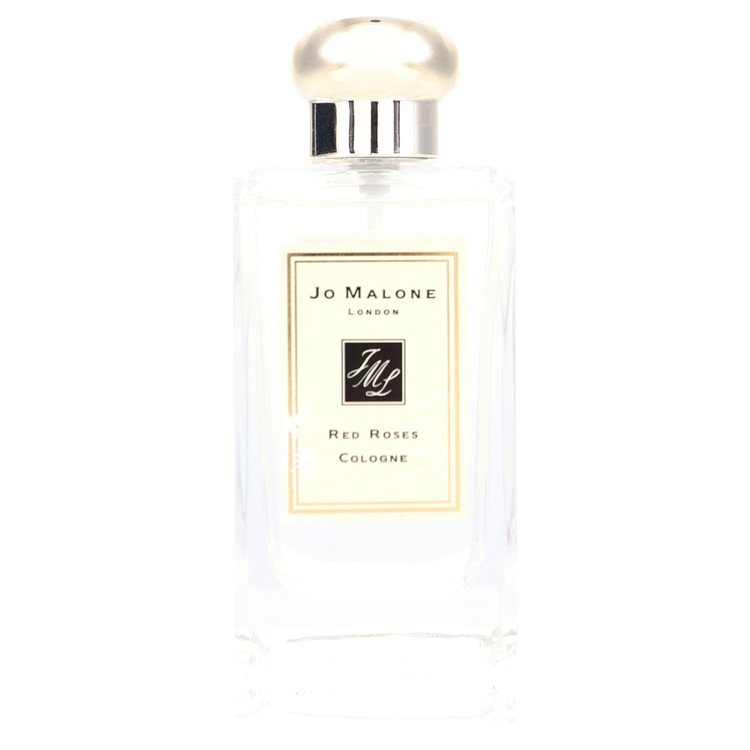
2. Floral fragrances
Floral fragrances are classics; they have been popular through all time and throughout the world. As the word ‘floral’ suggests, floral fragrances are sourced from flowers. Usually marketed as women’s fragrances, floral scents are light and delicate. They usually smell like fresh flowers or powders.
Floral scents could be soliflores or bouquets. Soliflores are single flower notes while bouquet is the combination of one or more flower notes.
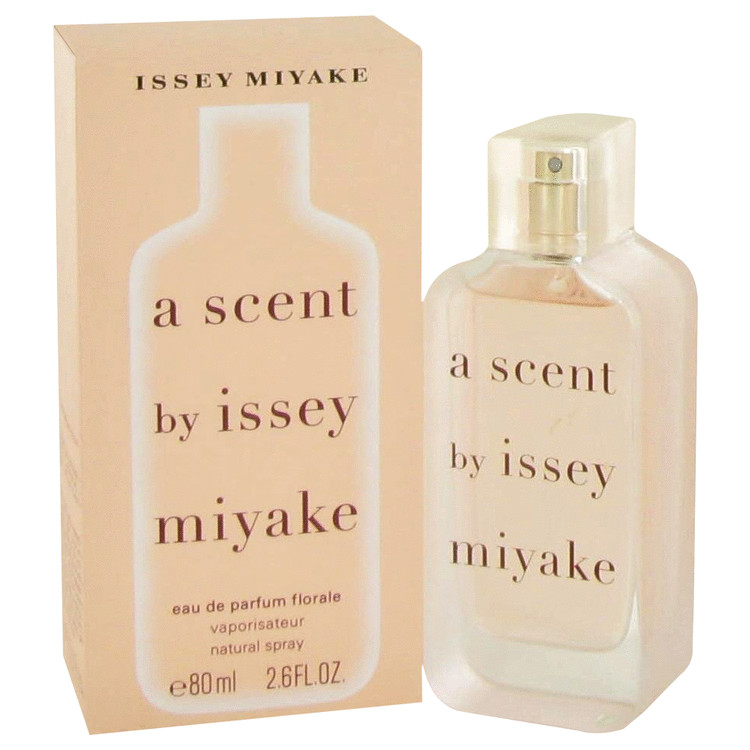
3. Oriental fragrances
This is a luxurious fragrance family that was developed with a lot of Eastern influence. One spritz of an oriental perfume could get you feeling sensual and warm. They are not the same as floral oriental or woody oriental or soft oriental. Oriental scents are popular in aftershaves and usually feature ingredients like flowers, woods, musks, spices. Both men and women find oriental scents appealing; this may be due to the depth and luxury that oriental fragrances exude.
Oriental scents are usually deep, spicy and exotic.
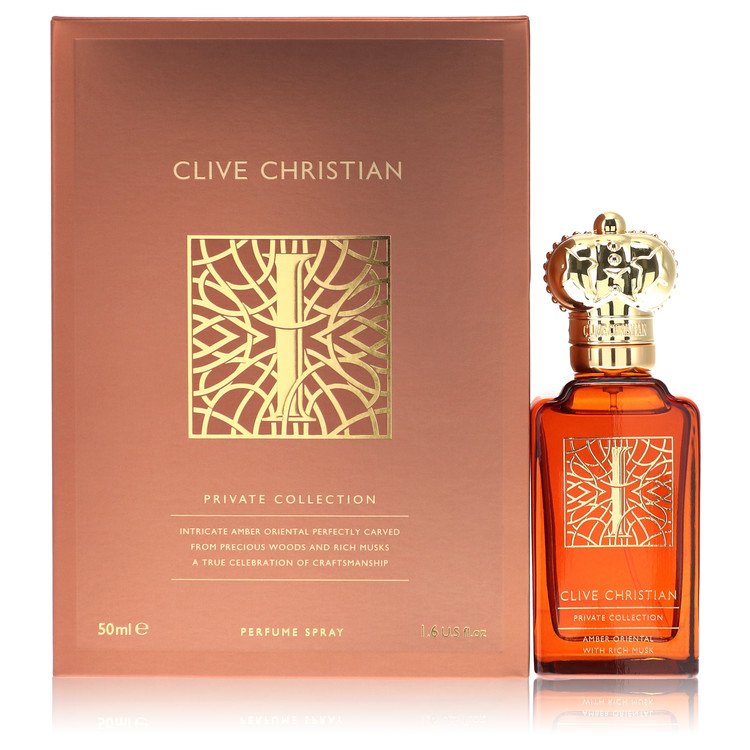
4. Woody fragrances
Just like the name implies, woody fragrances are sourced from wooden materials like trees, resin, moss, bark, pine cones, roots and bushes. Woody fragrances tend to be warm and they are usually marketed as men’s fragrances. They are an all time favorite for men’s aftershave and they feature ingredients like sandalwood, vetiver and amber.
Woody fragrance is divided into mossy woods and dry woods. Dry woods usually have a smoky and leathery tone while mossy woods tend to have an earthy and sweet undertone.
